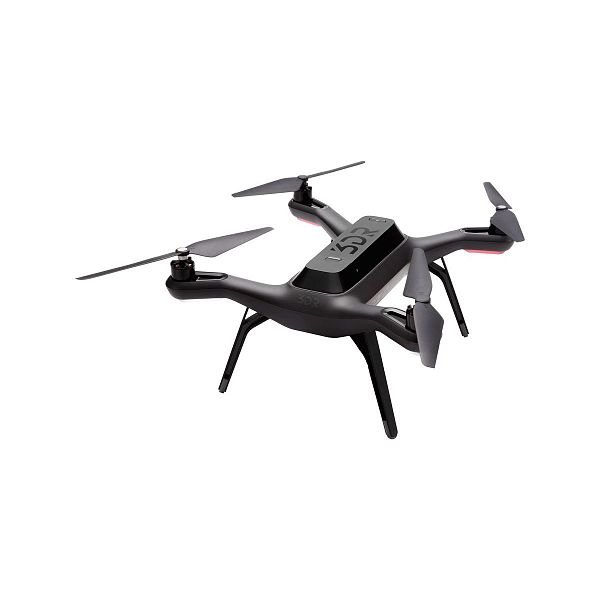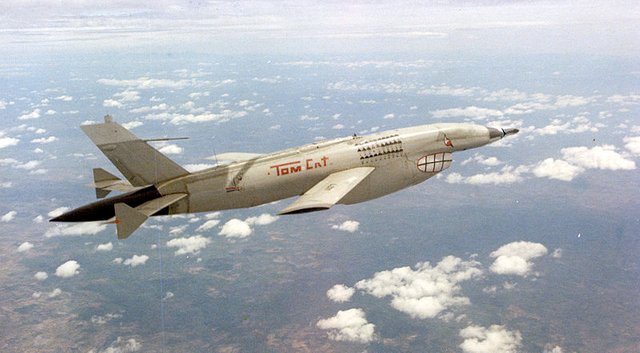UAV musing
The current capabilities of modern day UAVs will have you believe that they were an afterthought from the use of airplanes but the roles are actually reversed. A huge chunk of technological advancements that had to do with transportation of some sort in centuries past were often military related and according to an article on consortiq.com
> Unmanned Aerial Vehicles (UAVs) have been around for centuries and were solely used for military purposes. The earliest recorded use of a UAV dates back to 1849 when the Austrians attacked the Italian city of Venice using unmanned balloons that were loaded with explosives.
A quick glance through the ages will show that virtually every advancement made in UAV technology had some role to play in the military and it was only in recent times that it found its way into domestic and commercial activities.
UAVs weren’t always as sophisticated as they were today, though the general idea remained the same; their technology advanced with the times and depending on your source, you’ll find that there are clearly defined periods of UAV development. There are also some clearly defined/notable epochs in the development of UAVs that got us to where we are today, mostly characterized by military applications in distinct periods of war. What started as cumbersome unmanned hot air balloons has morphed into the sophisticated technology we have today. There are basically two types of UAVs in use today;
### Multi-Rotor Drones
In modern day, these aerodynamically unstable drones are hugely popular in both military, domestic and commercial sphere. Their simple design and operation makes them rather easy to use and can be used for surveillance and other applications.
#### ADVANTAGES
· They are capable of extremely complex movement, going into crevices or getting precision aerial views that would normally not be achievable
· Their hover feature allows them to remain air bound even when there’s a system issue
· They’re generally easier to use and can be applied commercially in cinematography, have military application when precision is needed and leisurely by individual with an interest in “flying things”
#### DISADVANTAGE
· They’re relatively slower than their fixed wing counterpart.
· Their operational distance is low
· Their power requirement only permits short working period that peaks at 1 hour.
· They are very susceptible to wind interference due to their design.
3DR SOLO DRONE QUADCOPTER

[source](https://commons.wikimedia.org/wiki/File:3DR_Robotic_Solo.jpg)
A perfect example of the capabilities of these sort of drones is displayed by this handy equipment specifically designed for cinematography. The 3DR solo as it often called is equipped with 4K action cameras that will eventually be upgraded to 8K quality in the coming years. According to mydronelab.com, “it is the first intelligent drone with its own ‘bran’. Powered by twin computers that run on Linux with a processing speed of 1GHz.
Other specs include; computer-assisted smart shots, push button flight, Wireless HD video streaming that easily connects to smartphones.
Weight: 5kg
Battery life: up to 25 minutes
Size: 18.4 x 16 x 14.1 inches
FIXED-WING UAV
These kind of drones are built with similar aerodynamic and structural considerations with a typical aircraft. They have the same flight surfaces, fuselage and other structural members with the exception of a cockpit.
ADVANTAGES
· Compared to their rotary wing counterparts, they have wider range of operation.
· They are more suitable for usage in harsh weather condition.
· They can attain higher altitudes than other types of drones.
· They can carry more weight.
DISADVANTAGES
· They are often expensive to design/acquire and maintain
· Require extensive training before being used.
· More difficult to land and constrained to forward movement.
· They don’t have the capability to hover.
AQM-34s

[source](https://commons.wikimedia.org/wiki/File:556th_RS_AQM-34_Drone.jpg)
This drone was designed with the limited technology available in the 60s. They were designed to carry film cameras, were launched from underwing pylons on a C-130 Hercules transport plane and required a parachute to recover them.
For more information about UAVs, you can check the following sources
· https://consortiq.com/en-gb/media-centre/blog/short-history-unmanned-aerial-vehicles-uavs
· Occasional Paper 37 Unmanned Aerial Systems: A Historical Perspective by John David Blom
· http://ardupilot.org/copter/docs/what-is-a-multicopter-and-how-does-it-work.html
· http://mydronelab.com/best-pick/best-drone-for-filming.html
· https://www.britannica.com/technology/military-aircraft/Unmanned-aerial-vehicles-UAVs#ref521797
Hi I am a bot for upvote my followers posts🤖
Follow me and receive upvote
Posted using Partiko Android
Hi I am a bot for upvote my followers posts🤖
Follow me and receive upvote
Posted using Partiko Android
This post has been voted on by the SteemSTEM curation team and voting trail.
If you appreciate the work we are doing, then consider supporting our witness stem.witness!
For additional information please join us on the SteemSTEM discord and to get to know the rest of the community!
Thanks for having added @steemstem as a beneficiary to your post. This granted you a stronger support from SteemSTEM.
Thanks for having used the steemstem.io app. You got a stronger support!